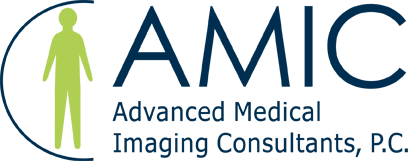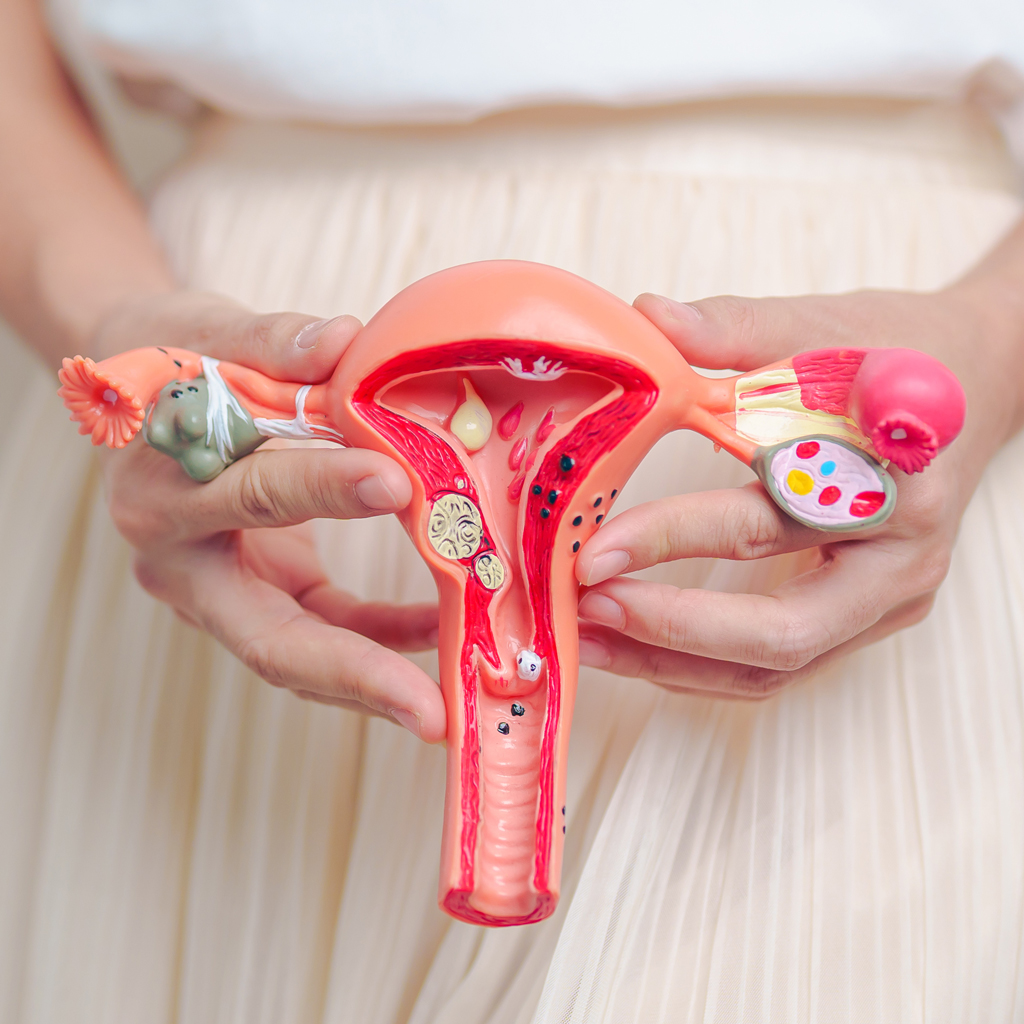Uterine fibroids are non-cancerous growths that develop in or around the uterus, affecting many women during their reproductive years. About 20 to 80 percent of women develop fibroids by the time they reach age 50. While surgery has traditionally been a common treatment option, advancements in medical technology have expanded the landscape of alternatives, offering non-surgical solutions that provide significant advantages.
Understanding Uterine Fibroids and Risk Factors
Before exploring non-surgical treatments, it’s crucial to understand the nature of uterine fibroids and their associated risk factors. These benign tumors can vary in size and number, causing symptoms such as heavy menstrual bleeding, pelvic pain, frequent urination, and reproductive issues. Risk factors include age, family history, ethnicity (more than 80% of African American women will have uterine fibroids by age 50), and hormonal imbalances, particularly estrogen and progesterone fluctuations.
Non-Surgical Solutions for Fibroid Relief
- Hormonal Therapies: Certain hormonal therapies can effectively manage fibroid symptoms by regulating hormone levels. Options like GnRH agonists work by temporarily halting the production of estrogen and progesterone, thereby shrinking fibroids and reducing symptoms like heavy bleeding and pelvic pressure. While not a permanent solution, these therapies provide relief and can be especially beneficial in preparing for surgery or managing symptoms until menopause.
- Embolization: Uterine Fibroid Embolization (UFE) is another non-surgical approach that involves blocking the blood supply to fibroids, causing them to shrink and alleviate symptoms. During the procedure, a radiologist injects tiny particles into the arteries supplying the fibroids, cutting off their blood flow and leading to their gradual shrinkage over time. UFE is a viable option for women looking to avoid surgery and preserve their uterus.
Treating Fibroids Without Surgery: Benefits and Considerations
Opting for non-surgical solutions for uterine fibroids offers several advantages over traditional surgical approaches:
- Preservation of Uterine Function: Non-surgical treatments for fibroids aim to preserve the uterus, making them suitable for women who wish to retain their fertility or avoid the risks associated with surgical interventions.
- Minimal Recovery Time: Procedures like focused ultrasound therapy and UFE are typically performed on an outpatient basis, allowing patients to resume normal activities within a few days compared to the weeks of recovery often required after surgery.
- Reduced Risk of Complications: Surgical procedures, such as myomectomy (removal of fibroids) or hysterectomy (removal of the uterus), carry inherent risks like infection, blood loss, and damage to surrounding organs. Non-surgical methods minimize these risks, making them safer alternatives for many women.
- Improved Quality of Life: By effectively managing symptoms such as heavy bleeding and pelvic pain, non-surgical treatments can significantly enhance a woman’s quality of life, allowing her to maintain her daily activities without the disruption caused by fibroid symptoms.
Non-surgical solutions for uterine fibroids represent a progressive approach to managing this common condition, offering effective symptom relief while preserving reproductive options and minimizing recovery times. As medical research continues to advance, these treatments provide hope and improved outcomes for women seeking alternatives to traditional surgery. Consulting with a healthcare provider is essential to determine the most suitable treatment based on individual circumstances and preferences, ensuring comprehensive care tailored to each woman’s needs.
Advanced Medical Imaging Consultants services many locations that offer diagnostic imaging for your diagnostic imaging needs.Choose the location most convenient to you.

